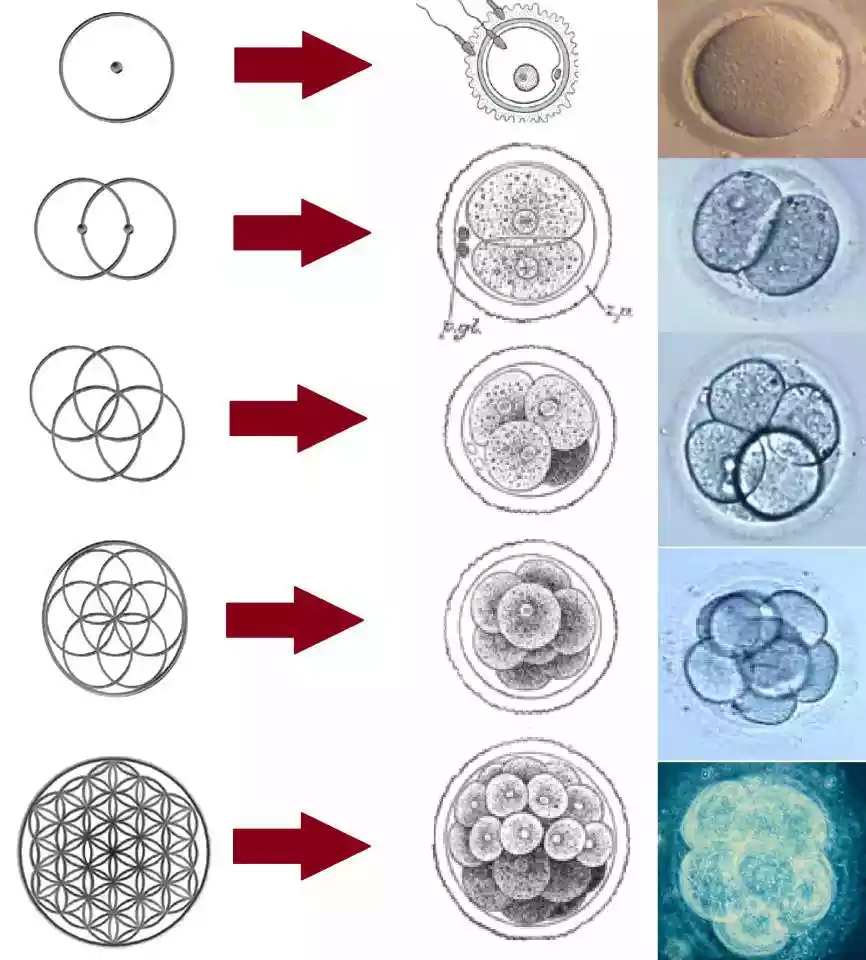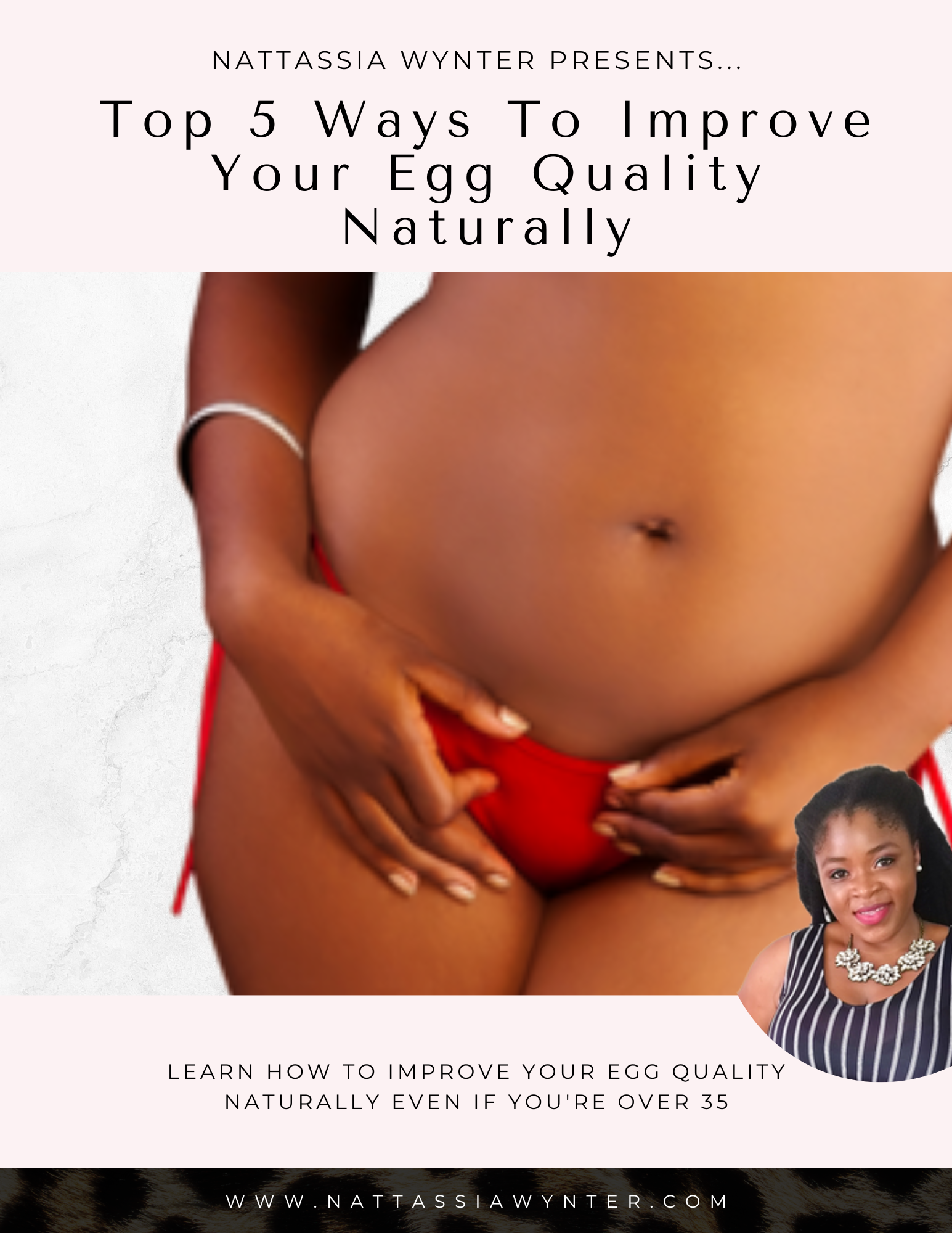[youtube https://www.youtube.com/watch?v=xbk6DOKiQwk&w=560&h=315]
How to know when you ovulate is the next step in increasing the fertility among Black people. There are many ovulation myths that may be preventing you from getting pregnant. Learning how to tell when you are ovulating by tracking your temperature, observing your vaginal fluid and being aware of the position of your cervix can help you get pregnant when you want to. By combining these methods that are described below, you will be on your way to accurately knowing when you ovulate without relying on expensive equipment or invasive surgical procedures.
BASAL BODY TEMPERATURE METHOD
One way to tell when you are ovulating is to track the changes in your body temperature. You can use a simple digital thermometers for this, however there are some specific thermometers designed to track and chart your ovulating temperature for you. By tracking the changes in your body temperature you will notice that your temperature dips right before you release an egg from your ovary. Tracking your body temperature will confirm that you do not necessarily ovulate on day 14 of your menstrual cycle. To get the best result, you should take your temperature at the same time every morning, immediately after waking up, before you sit up or get out of bed. You may want to set an alarm to get a more accurate reading.
HOW TO CHECK YOUR BASAL BODY TEMPERATURE
Measure your temperature orally and chart your temperature on graph paper or on a basal body temperature app. To measure you basal body temperature, place the thermometer in your mouth and hold it under your tongue. When the thermometer beeps, your temperature is ready for you to chart. While charting your body temperature is a good indication of when you ovulate, the draw back is that when you notice the dip in your chart, you will have already ovulated. The basal body temperature method works best when you track your ovulation cycle for at least six months to a one year and combine it with other ovulation detection methods. You need to know your shortest ovulation cycle and your longest ovulation cycle. Your shortest ovulation cycle indicates the earliest day in your menstrual cycle that you are likely to ovulate. Your longest ovulation cycle indicates the latest day in your menstrual cycle that you are likely to ovulate.
CERVICAL MUCUS METHOD
Like the basal body temperature method, the cervical mucus method can also help you determine when you are ovulating. The vagina secretes fluids that aids the transport of sperm to the egg to facilitate impregnation. Like your body temperature, you vaginal fluid or cervical mucus will change throughout your ovulation cycle. In the beginning of your ovulation and menstrual cycle, your cervical mucus will be very minimal. It will increase in stickiness and wetness until you get closer to ovulation. Afterwards it will return to being tacky or less wet.
HOW TO CHECK CERVICAL MUCUS
To find out the viscosity of your cervical mucus you need to insert your index finger and thumb into your vagina as far as you can go safely, why collecting any moisture you can between your fingers. Although it’s not necessary, it is a good idea to do this in the morning right after taking your temperature so you are getting an accurate sample of your vaginal secretions also. It is a good idea to do this before you get up, have sexual intercourse or use the washroom to urinate in the morning. If you notice your vaginal secretion is the consistency of egg whites, then you are ovulating. Once you begin to ovulate , you only have about 12-24 hours for the egg to get fertilized.
CERVIX POSITION METHOD
Determining where your cervix is during ovulation is another method of checking for signs of ovulation. Unlike the basal body temperature and vaginal fluid methods, the cervix position is optional. It is usually used to help determine ovulation when your vaginal fluid is less or if you are unsure. While most woman who practice ovulation detection only use this method to cross check for ovulation, you can use this method as much as you like. You can check your cervix at anytime throughout the day of your ovulation cycle.
HOW TO CHECK CERVIX
To check for your cervix position, you can either squat or raise one leg up on the bath tub or another surface of similar height. What ever position your use, you should use the same position each time to ensure you get accurate results. You will begin by inserting one or two fingers into your vagina. What you are checking for is the cervix location, tightness or openness and texture of your cervix. Most of the time your cervix will feel drier tighter and more closed since your are not always releasing an egg. Signs that you are ovulation will be that your cervix will feel higher, wetter and more open. Although t the cervix position method is generally considered optional, since some women may be uncomfortable checking if, consider that this is a very low-cost, non-invasive way of determining when you are ovulation.
Learning how to tell when you are ovulating is such an intimate practice that every Black woman should learn at least once in your life. Keep in mind that these ovulation checking methods are most accurate when used together. Your health, diet and mood can also affect your ovulation cycle, so it is a good idea to try to maintain a healthy diet and state of mind when trying to get pregnant.
While we have been disconnected from many ancient fertility practices, now is the time to learn and teach all we can about Black fertility. Ovulation tracking is not just for trying to get pregnant now. It is also a good rites of passages practice for young Black girls as it will connect them to their bodies, teaching them to love themselves early on.




0 Comments